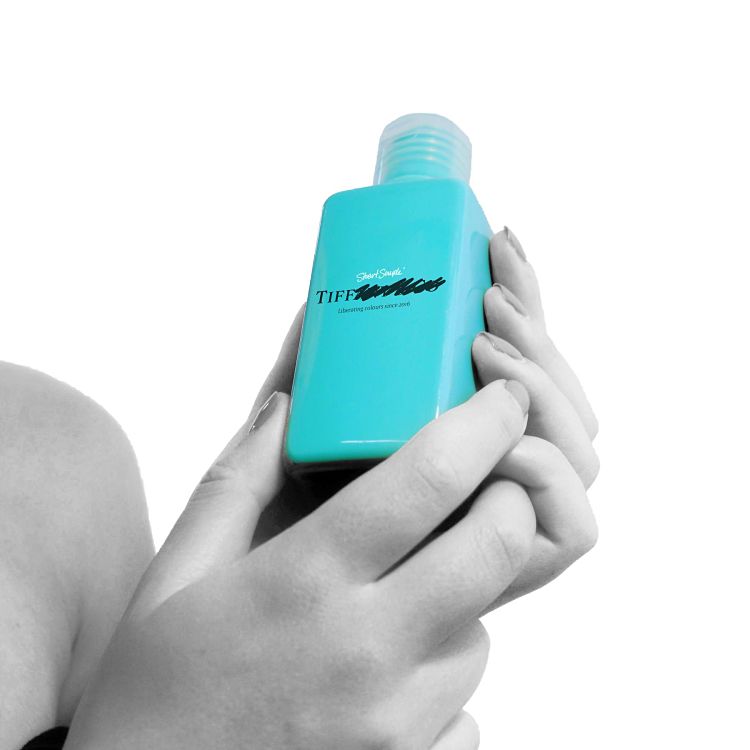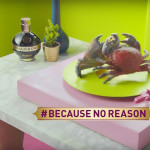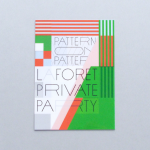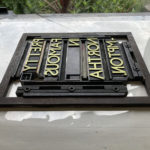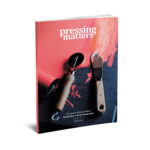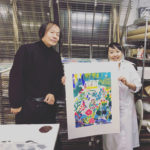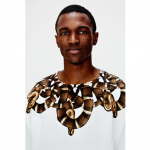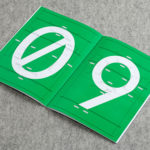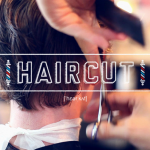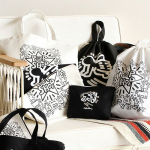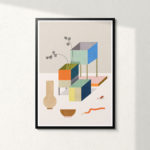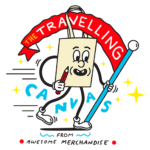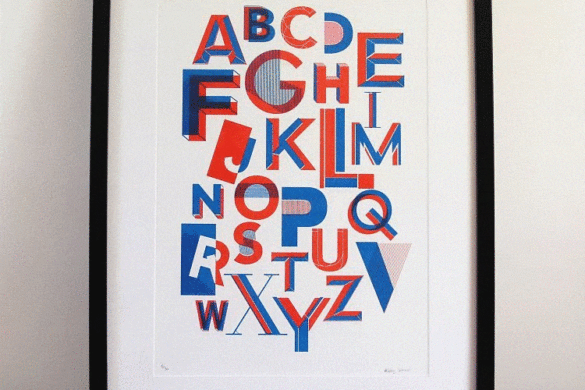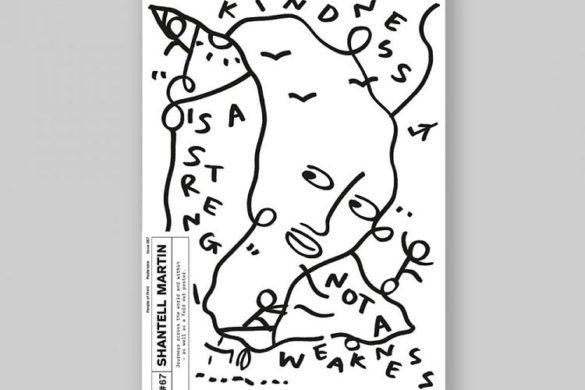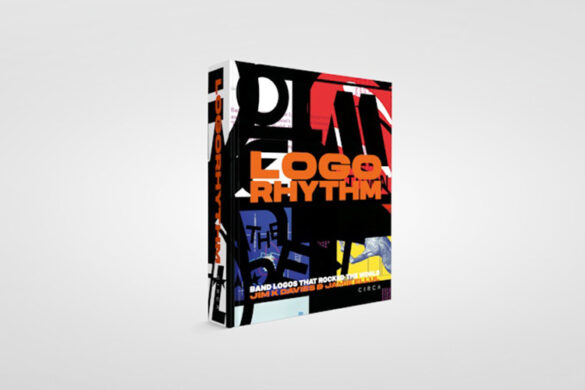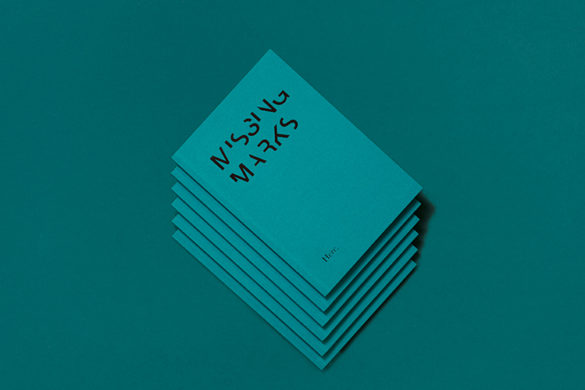Over the past half-decade, artist Stuart Semple has been unwavering in his mission to democratise colour, “liberating” certain hues that have hitherto been banned by certain spoilsports (artists, artists’ estates, big brands) so that we can all paint with them.
It’s certainly a worthy mission, we reckon: no one likes people who refuse to share, do they? Shouldn’t colour – a concept that’s both abstract and which relies on specificity – be something that’s open to everyone?
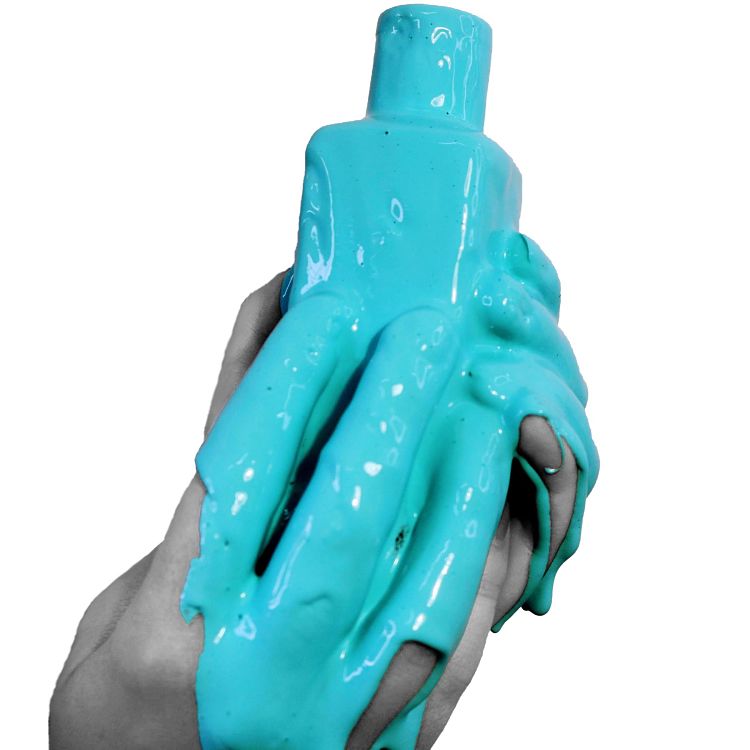 Semple’s moves to open certain tones for all began in 2016, with his much-discussed spat with Anish Kapoor in response to the latter’s purchase of exclusive artistic rights to the “world’s blackest material”, Vantablack.
Semple’s moves to open certain tones for all began in 2016, with his much-discussed spat with Anish Kapoor in response to the latter’s purchase of exclusive artistic rights to the “world’s blackest material”, Vantablack.
He responded by creating and releasing “the world’s pinkest pink”; available to buy to everyone except Kapoor. Those purchasing the pigment had to make a legal declaration at the online checkout confirming that “you are not Anish Kapoor, you are in no way affiliated to Anish Kapoor, you are not purchasing this item on behalf of Anish Kapoor or an associate of Anish Kapoor. To the best of your knowledge, information and belief, this paint will not make its way into the hands of Anish Kapoor.”
Over the next two years, Semple’s Culture Hustle studio collaborated with over 1000 beta-testers and joined with artists through Kickstarter to create an entirely new paint system. The result is Black 3.0, “a fully paintable super matte black paint in a bottle. The world’s blackest acrylic paint that absorbs 98-99% of all visible light.” Take that, Anish.
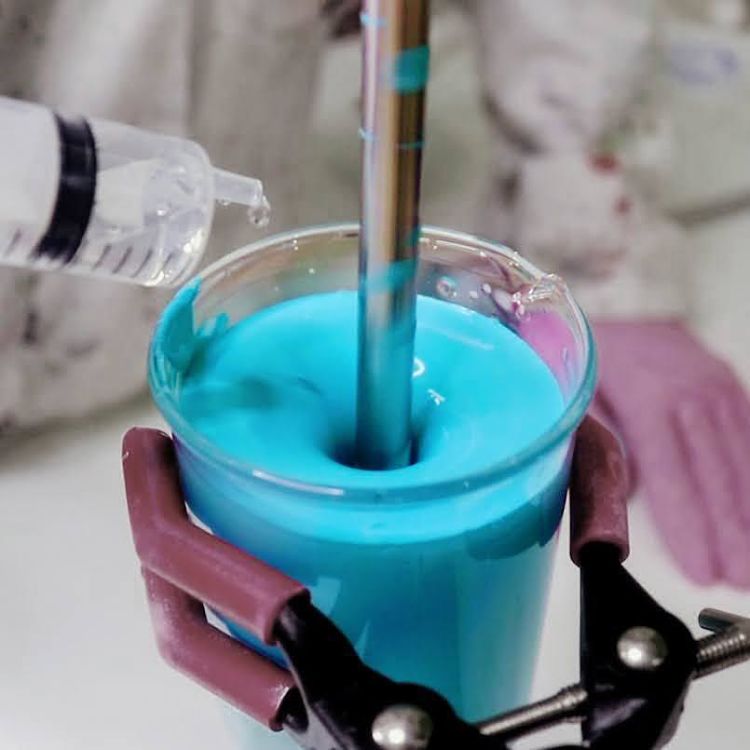 Earlier this year, in my personal favourite of Semple’s paint-liberations to date, the artist announced the release of his take on “Yves Klein blue.” Klein is synonymous with a very distinct shade of vibrant blue, one that feels so deep as to be almost pulsating – but he also decreed that no one else was allowed to use his signature IKB (International Klein Blue) colour.
Earlier this year, in my personal favourite of Semple’s paint-liberations to date, the artist announced the release of his take on “Yves Klein blue.” Klein is synonymous with a very distinct shade of vibrant blue, one that feels so deep as to be almost pulsating – but he also decreed that no one else was allowed to use his signature IKB (International Klein Blue) colour.
Thankfully, we’ve now got ‘Incredibly Kleinish Blue’, Easy Klein, which comes in a packaging design that bears more than a passing resemblance to another Klein’s ubiquitous Y2K scent.
Now, things have moved on from artists that guard their colours to brands that do the same. The iconic Tiffany Blue was created by Charles Tiffany and John Young in 1837 and is a trademarked colour that needs a license to use it. This in itself isn’t hugely unusual: many corporations have trademarked colours, like T-Mobile’s Magenta or Coca Cola’s Red. But what makes Tiffany Blue different is that since 1998, its trademark applies to all uses. The company has even hidden the Pantone code.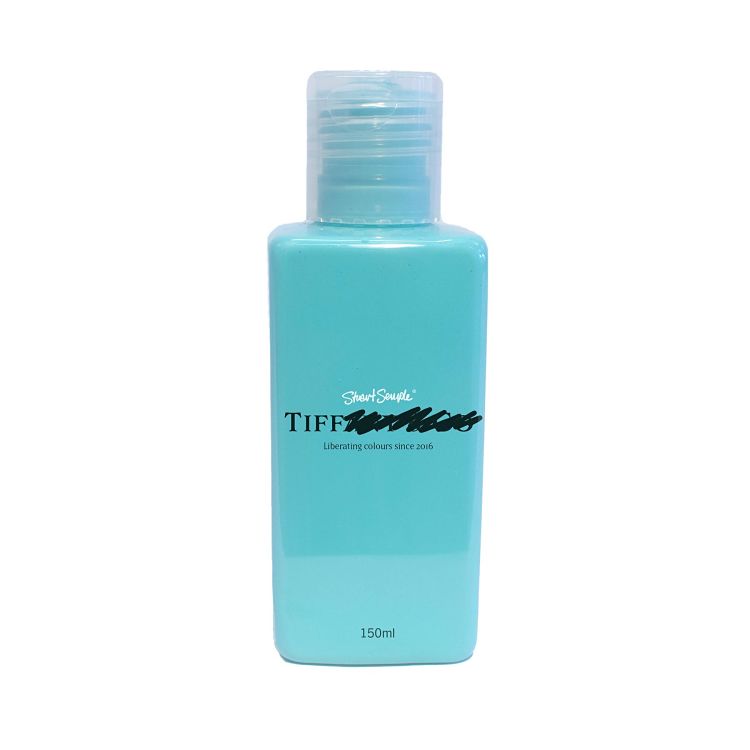 To get around all this, Semple’s studio has created Tiff Blue, a super flat matte high grade recreation of its highly restricted inspiration. “Although I’ve managed to share quite a few prohibited colours with artists, I’m always asked if there’s anything I can do to help with Tiffany,” says Semple. “There’s no doubt it’s one of the most restricted colours of all time.”
To get around all this, Semple’s studio has created Tiff Blue, a super flat matte high grade recreation of its highly restricted inspiration. “Although I’ve managed to share quite a few prohibited colours with artists, I’m always asked if there’s anything I can do to help with Tiffany,” says Semple. “There’s no doubt it’s one of the most restricted colours of all time.”
You might like...
- Autobahn - November 26, 2021
- Alphabetical - November 12, 2021
- SOFA Universe - November 8, 2021

